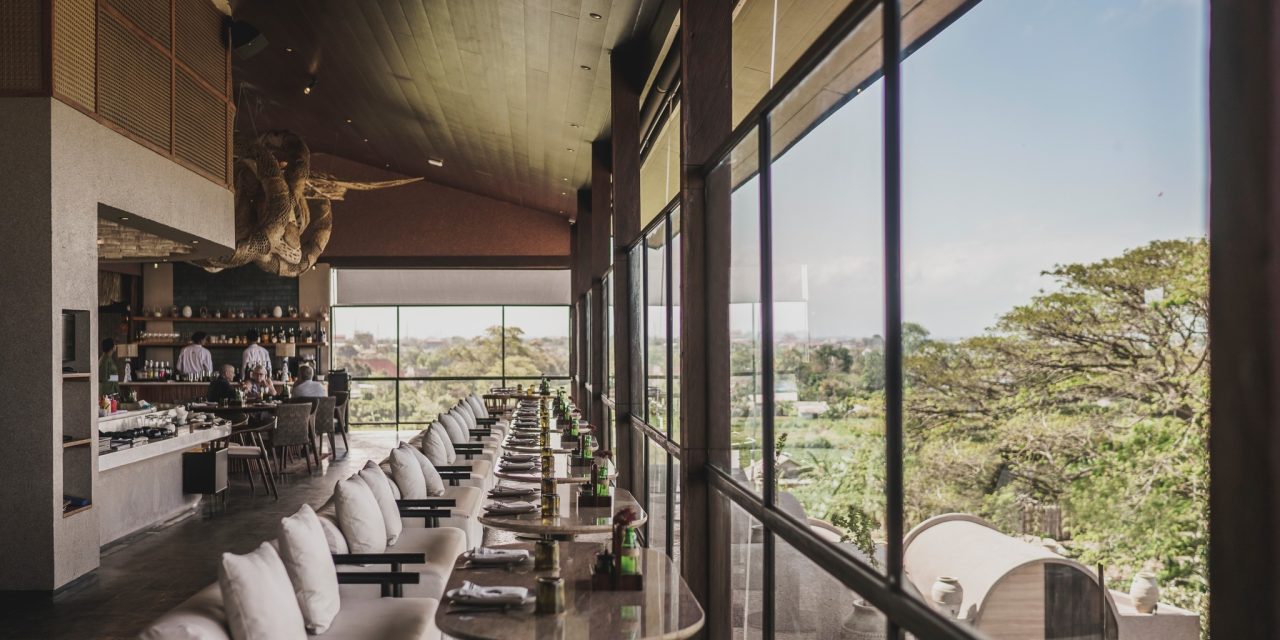When you think of Bali, what comes to mind? The pristine beaches, warm sunshine, and maybe a vibrant sunset? But let me tell you, one of the hidden gems of this beautiful island is its breathtaking rice terraces. The Tegalalang and Jatiluwih rice terraces are more than just a feast for the eyes; they embody the soul of Balinese agricultural tradition. But when is the best time to visit these stunning landscapes? Buckle up; I’m about to take you on a journey through the best times to immerse yourself in the lush green hues of Bali’s rice paddies.
The Magic of Rice Terraces
I remember my first encounter with the Tegalalang rice terraces. It was early in the morning, and the soft rays of sunlight breaking through the mist offered a scene right out of a postcard. The terraces sprawled below, like an emerald patchwork quilt, and the rhythmic sound of water flowing through the paddies was utterly mesmerizing.
Exploring the Seasons
Dry Season (April to September)
For most travelers, the dry season is the ideal time for a visit. Picture yourself trekking through the cool morning air, the sun gently warming your skin while the landscape unfolds before you. This is when the rice fields are lush and verdant, perfect for those stunning Instagram shots.
I arrived in early June, and the weather was absolutely spot on. Midday was warm, around 80°F (27°C), but mornings and late afternoons were refreshingly cooler. Hiking along the paths felt incredible, surrounded by vibrant greens, with local farmers tending to the rice. I even met a friendly farmer who explained the intricate process of planting and harvesting rice — a unique insight that made my visit even more enriching.
Rainy Season (October to March)
That said, visiting during the rainy season can also have its perks. Although it’s officially the off-peak season, if you don’t mind the sporadic downpours, you’ll find the terraces glistening in a deeper hue of green and fewer tourists wandering through.
I ventured back to Bali in January — yes, it was one of those spontaneous plans. One afternoon, as I sat under a small shelter, sipping on fresh coconut water, the rain started to fall. It was heavy but refreshing, creating a soothing rhythm on the leaves around me. The scenery transformed into a tranquil paradise, with a cinematic fog embracing the terraced hills. It’s in moments like these, where nature feels alive, that you realize the charm of visiting outside the typical tourist season.
Timing Your Trip for Photographs
Now, for all you photography enthusiasts out there, timing matters. The golden hours, shortly after sunrise and before sunset, provide the perfect lighting for capturing the vibrant greens and the unique textures of the rice fields. Imagine waking up early, with a steaming cup of Balinese coffee in hand, trekking through the dewy paddies as the sun rises. The soft glow casts a warm hue on everything, making it an ethereal experience.
On my last trip, I made it a point to wake up for sunrise at Tegalalang. There were just a handful of other early risers, and we all stood in quiet awe as the sun peeked over the hills. It was a shared experience, a moment of connection between fellow travelers, which I fondly recall as one of the best mornings of my life.
Cultural Events and Festivals
Don’t forget to consider local cultural events when planning your visit. The Balinese rice planting and harvesting ceremonies, such as “Metani,” are vibrant and colorful, showcasing traditional rituals that have been passed down through generations. These ceremonies often occur at specific times of the year, so if you can time your trip accordingly, you might just witness the community come together in joyous celebration.
Practical Advice for Visiting
1. Wear Appropriate Footwear: The trails can be uneven and muddy, especially during the wet season. Solid hiking shoes or durable sandals are a must!
2. Stay Hydrated: Bali’s tropical climate can be quite humid, so pack a refillable water bottle and keep sipping!
3. Respect the Farmers: Always be mindful of the locals working the fields. Avoid walking directly through the rice paddies and stick to the designated paths.
4. Bring Cash: Small entrance fees may apply at certain terraces. Having cash on hand makes it easier to support the local farmers and artisans.
5. Get an Early Start: Top tourist spots like Tegalalang can get crowded, so arriving early will enhance your experience.
Conclusion
Whichever time you choose to visit Bali’s rice terraces, each season offers its own unique charm. The vibrant greens of the dry season are awe-inspiring, while the atmosphere of calm and solitude during the rainy months is simply magical. Whether you’re an avid photographer, a nature lover, or simply looking for a peaceful escape, the rice terraces are a must-visit. So pack your bags, grab your camera, and prepare for breathtaking views that will stay etched in your memory long after your trip concludes. Happy travels!






